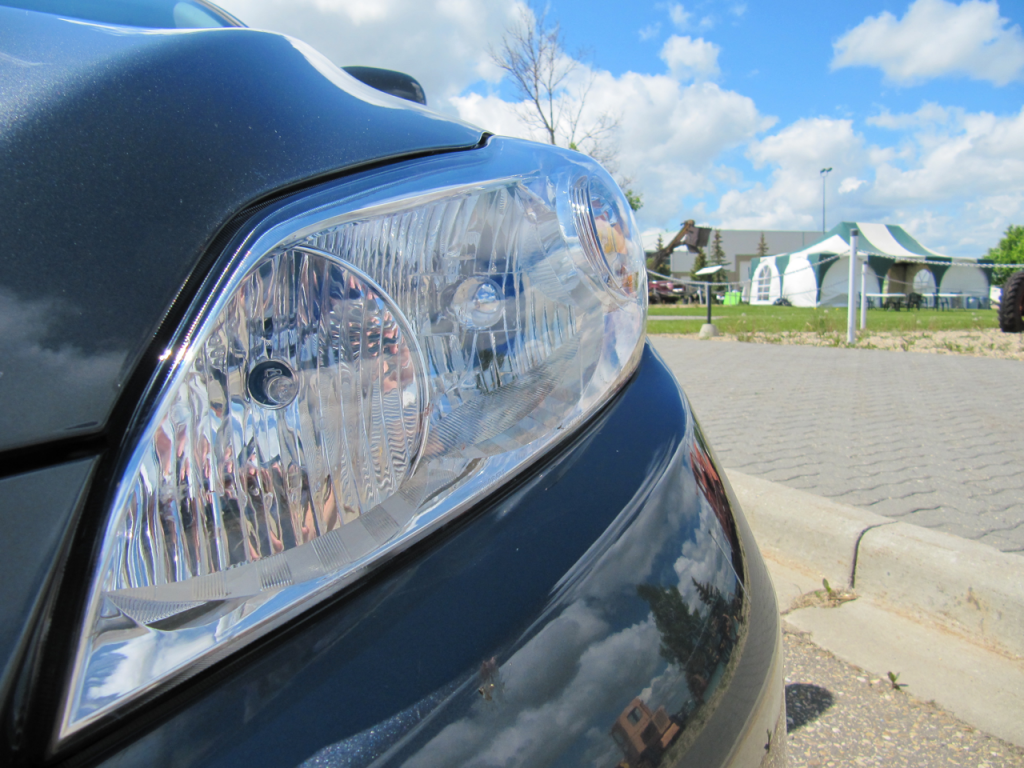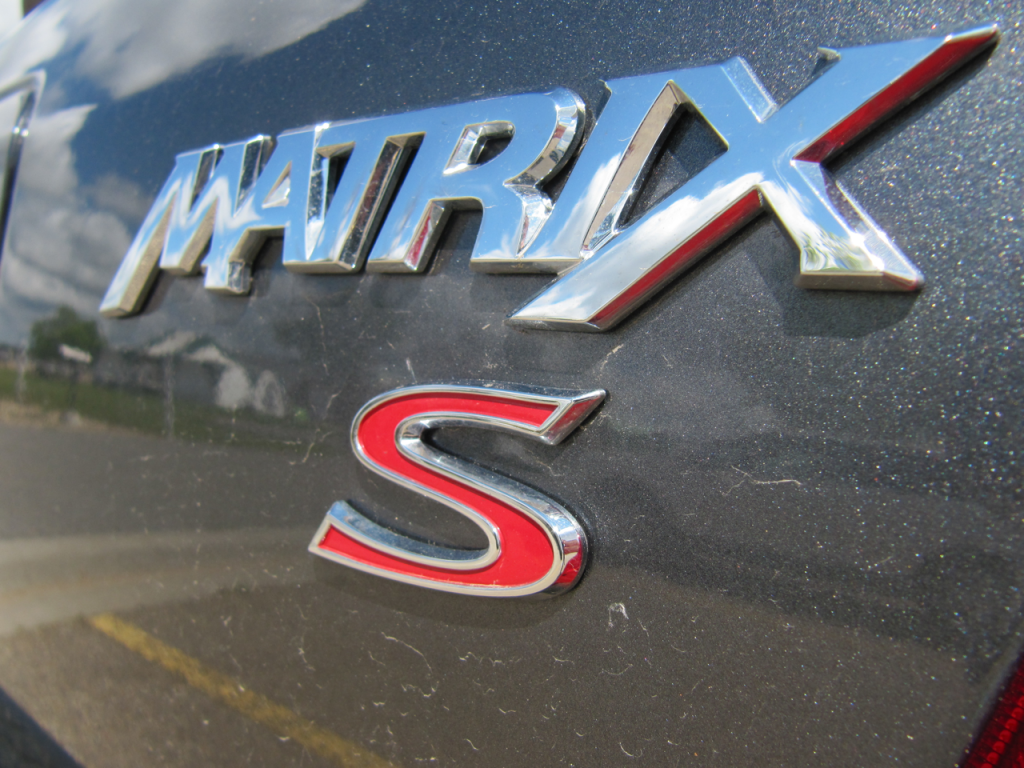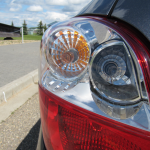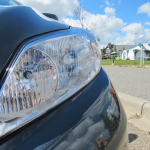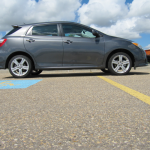Ignore the blue squares. Look at the blue sky.
Once upon a time, (an opening line used with disparaging infrequency in car reviews) every manufacturer had their own unique methodology of controlling a vehicle’s functions. Some would have the gearshift located outboard, some would have a clutch to the right of the gas pedal, others would have a hand-controlled braking mechanism.
It’s been said before, but we take for granted the familiarity that’s present when we sink into the seat of a new car. We end up nitpicking more than our fair share because the foundations are so similar. Even if the pedals might be offset one way or another, the seat is perched up a little too much, or the armrests aren’t comfortably placed, the way that the driver directs the car to speed up, slow down, and turn side-to-side uses the same physical actions regardless of manufacturer or country of origin.
But that concrete was poured years ago, long before the advent of the Internet, which for many is as far as memory serves. Today, there are enough whozits and whatzits in your average car to make Ariel turn the colour of her underwater hair in utter bafflement. 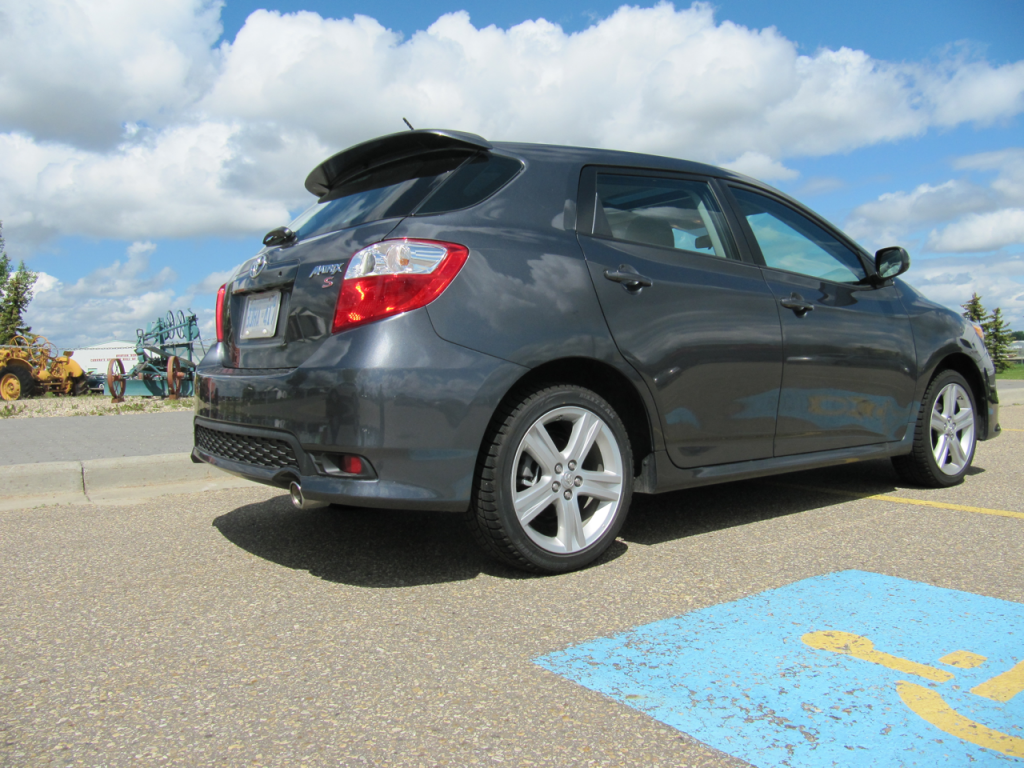
There’s a level of equipment and functionality that we all expect in a new vehicle. Electric windows, cruise control, AM/FM radio, air conditioning, even redundant steering wheel controls. Not that cars without these aren’t available, but if you’re scouring a new car lot, they’re in the fractional minority today and will be a distant memory before long. There’s a measure of usefulness that most of us couldn’t imagine being without. Even in more basic new cars, this baseline practicality is often obscured beneath layers of extraneous clutter, like iDrive and SYNC. So when a car like the Matrix comes along without all that, the bones are laid starkly bare.
So how do the bones hold up?
Superbly. From time to time, you’ll see a reviewer say “everything is exactly where I expected it to be”. Unfortunately for the perpetuation of car review clichés, that actually appears to be the case here. Toyota has honed this formula to the point where a first time driver and a 80-year-old grandmother could both find exactly what they’re looking for the first time, and without having to crack open the glovebox and flip through the dense owner’s manual.
There’s also no aesthetically focused design to speak of, nothing to obscure the raw functionality. In the Matrix, Ergonomics Are King. Put another way, there’s nothing to learn. It’s a bit like the iPad; the target demographic is everyone. You don’t even need to know how to drive a car to drive the Matrix.
Unfortunately for those of you looking for profound insight into how the Matrix drives, handles, and steers, there’s little to say on that front because there’s little to recall. It would be like trying to describe something so universally obvious that we’d have to succumb to our poetic leanings to convey deeper meaning. It would be like trying to describe the sun without referring to gold. Not an easy task.
Everything in the Matrix appeared designed to fulfill the most basic operating requirements and nothing more. This approach might not find success with polygon-smashing computer games, but it’s relatively charming in a car, in a naïve country bumpkin sort of way.
The simplicity and intuitiveness of the Matrix was made all the more apparent by a visit to the Reynolds Museum in Wetaskiwin, Alberta for the recent Ultimate Car Show (which you may recall from the hood ornaments feature). Seeing road-going relics from the dawn of the 20th century, wood spoked wheels and all, further drove home the point.
Less intuitive is the reality that the Matrix was one of Canada’s 10 worst selling cars in May 2011, finding only 885 homes in the month. With niche-slaughtering conundrums like the Nissan Murano CrossCabriolet flooding the market, simplicity is seemingly in short supply. It’s reassuring to know that at least someone, at least Toyota, knows how to make a predictable product.
Envy Factor: 7/10
[Photo credit: author]


